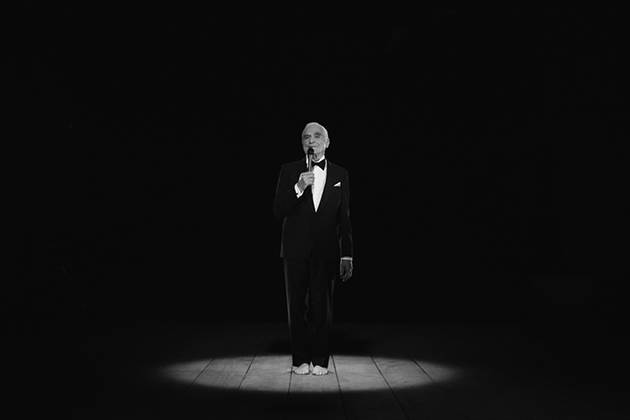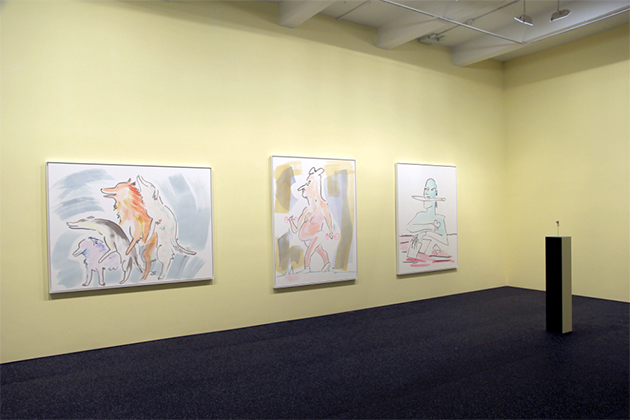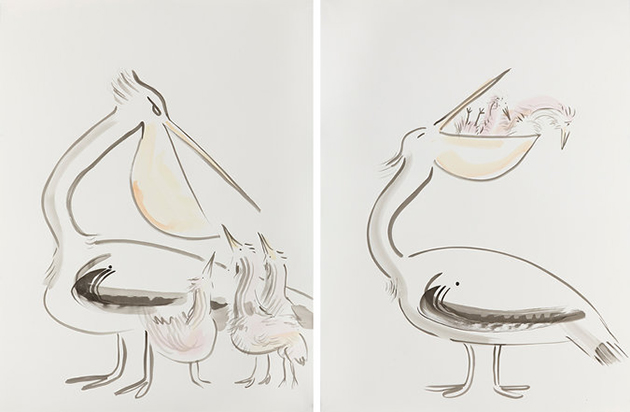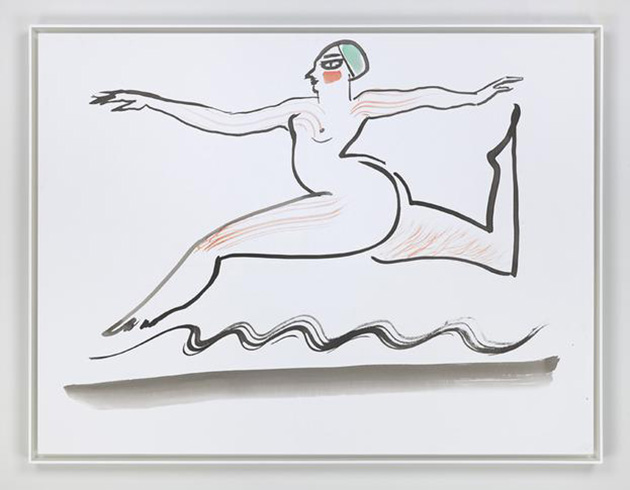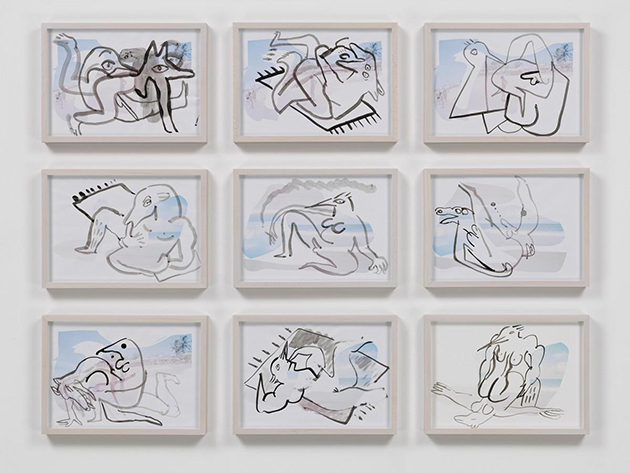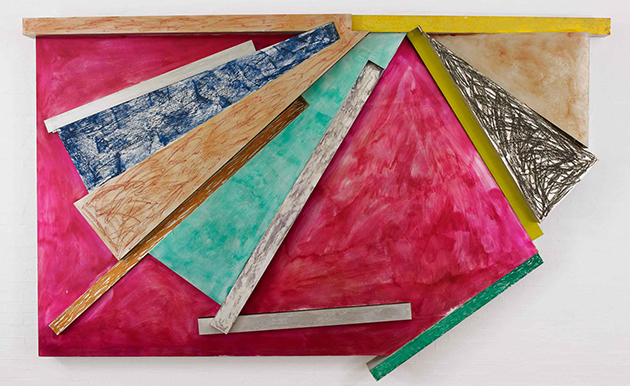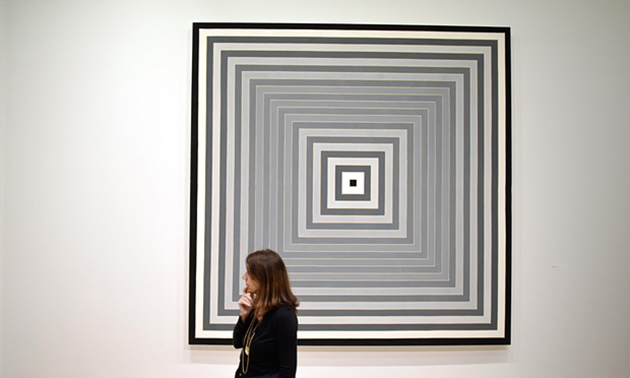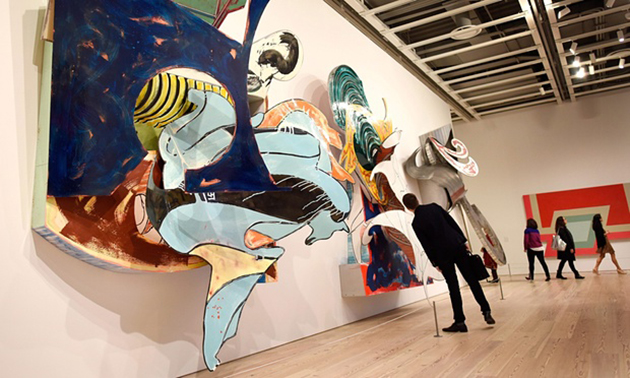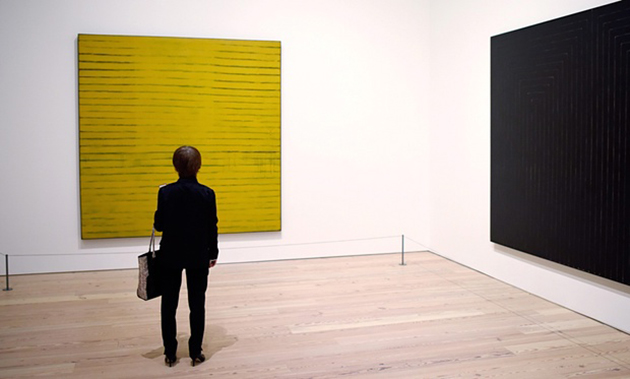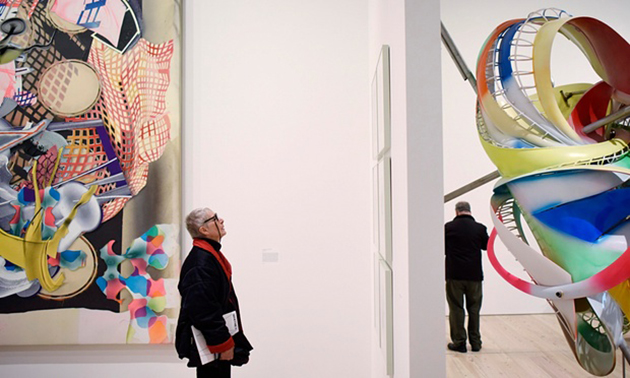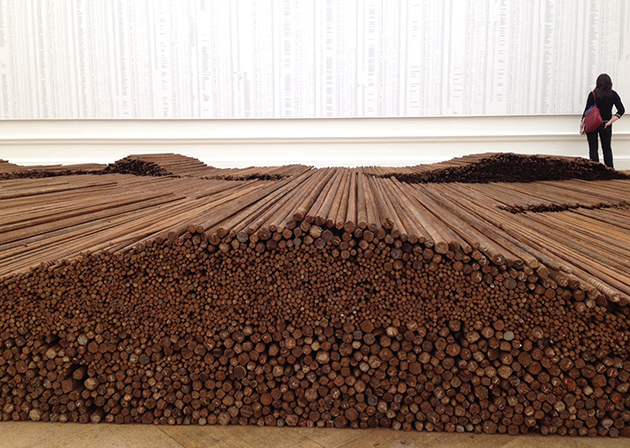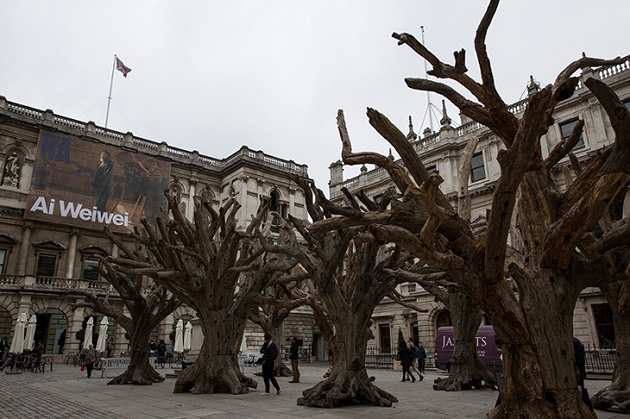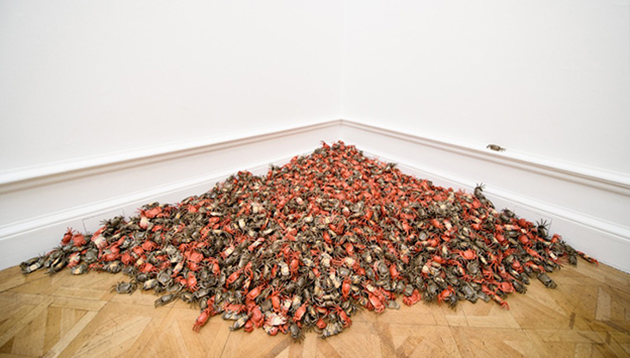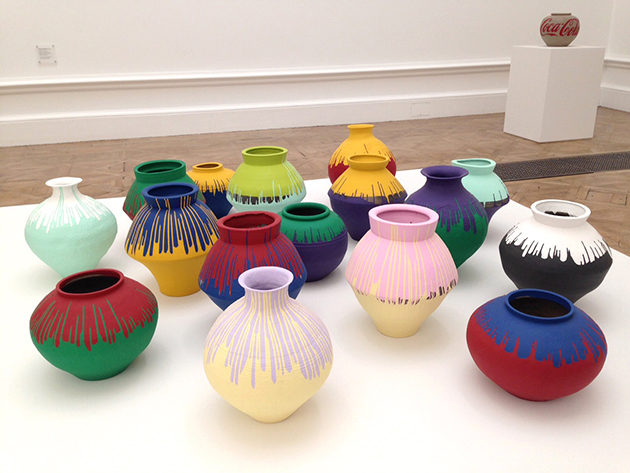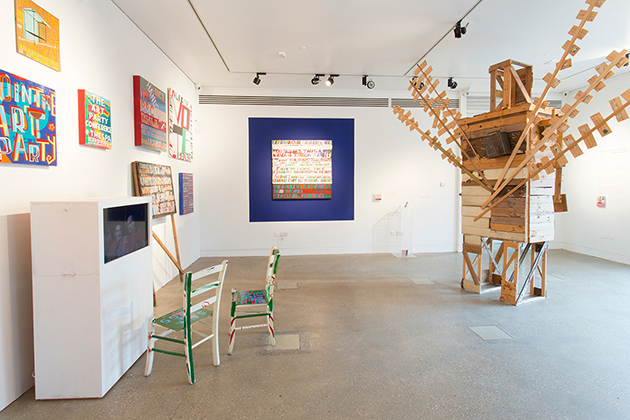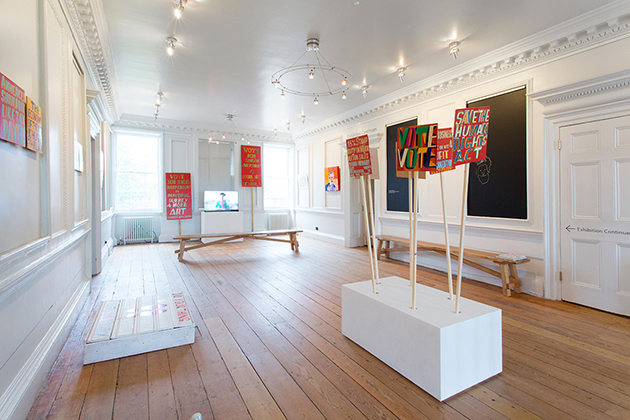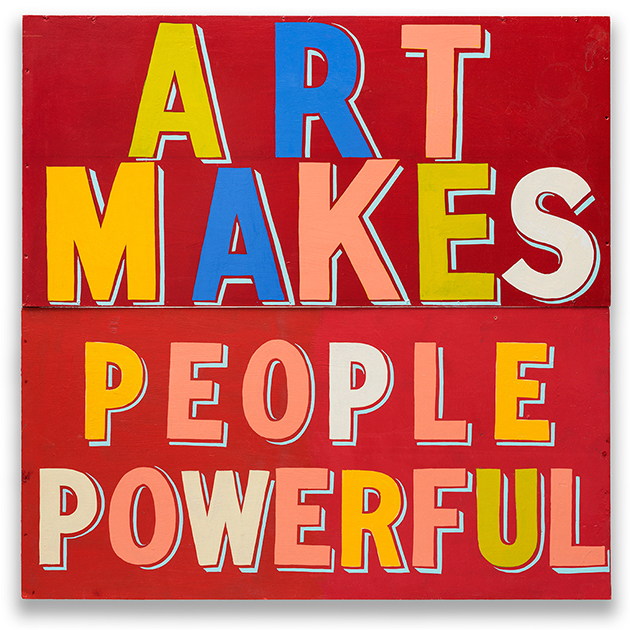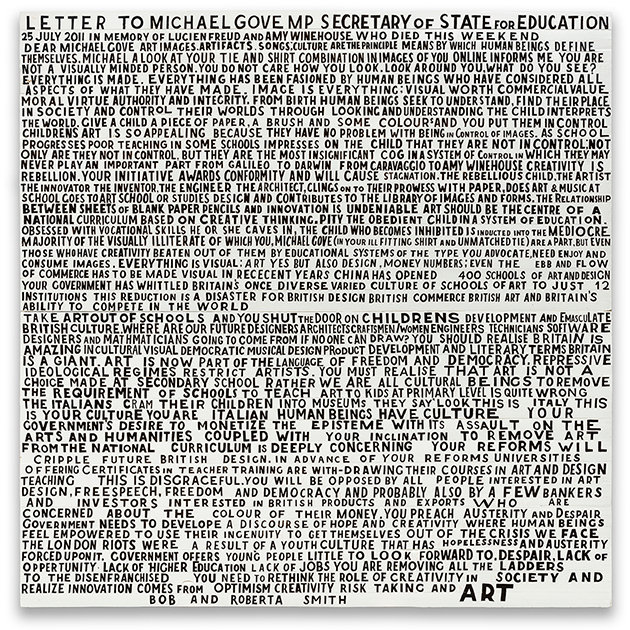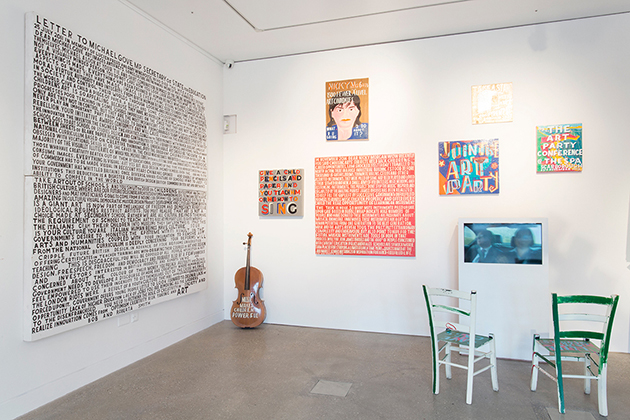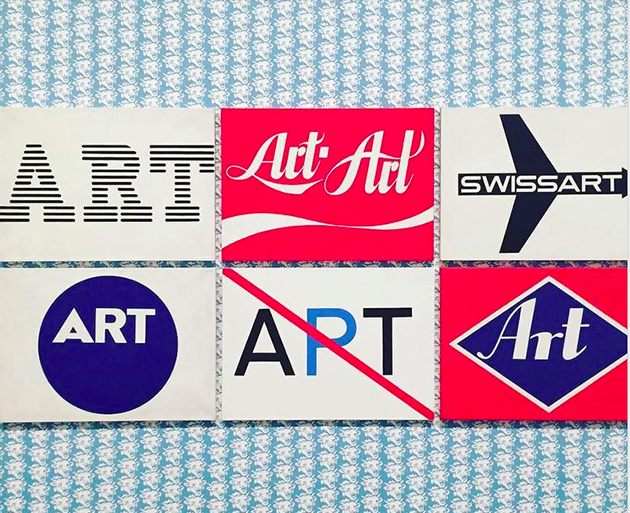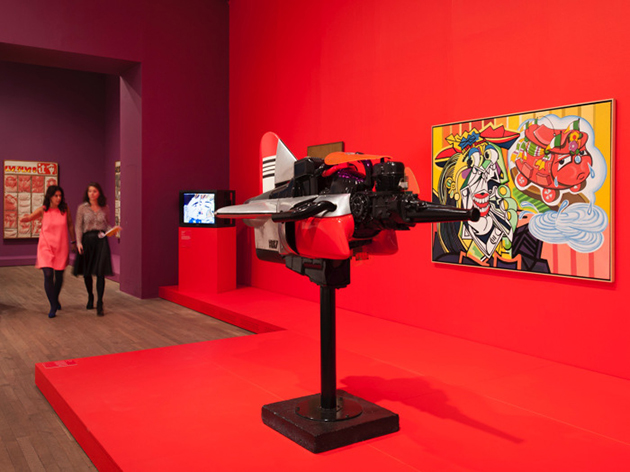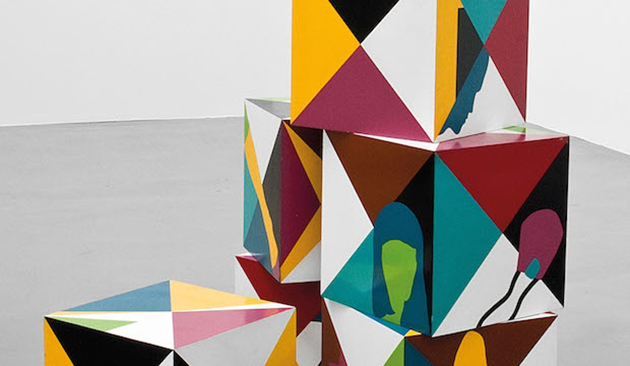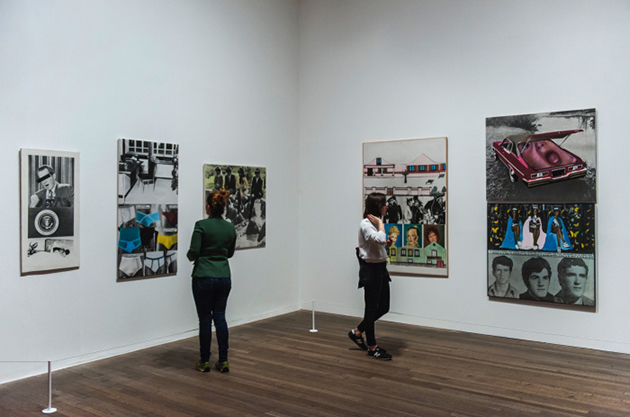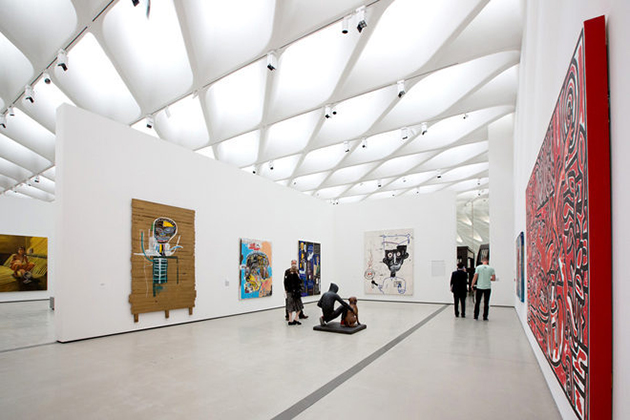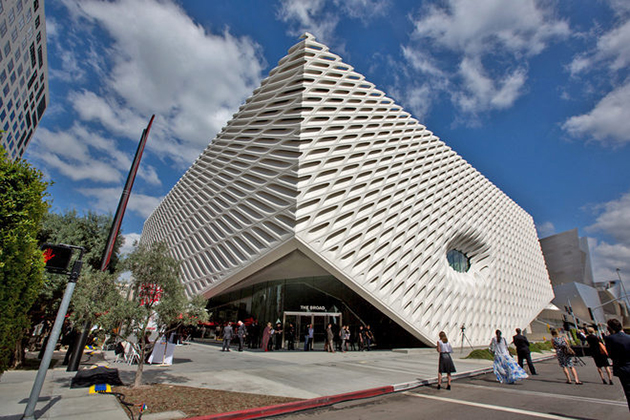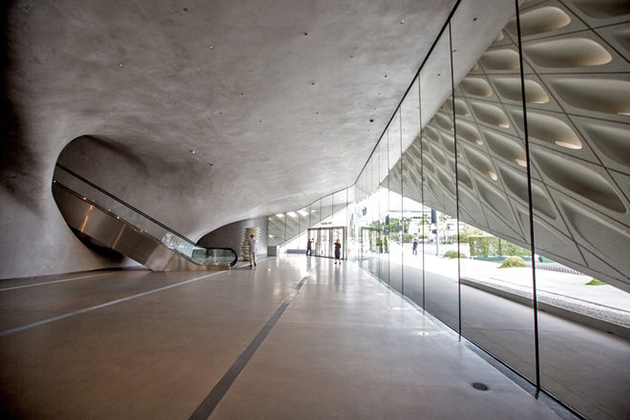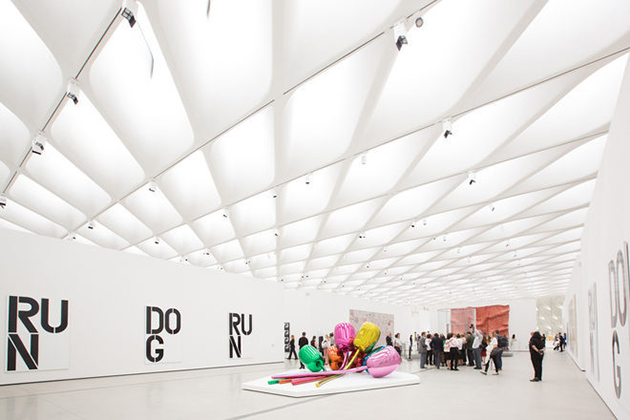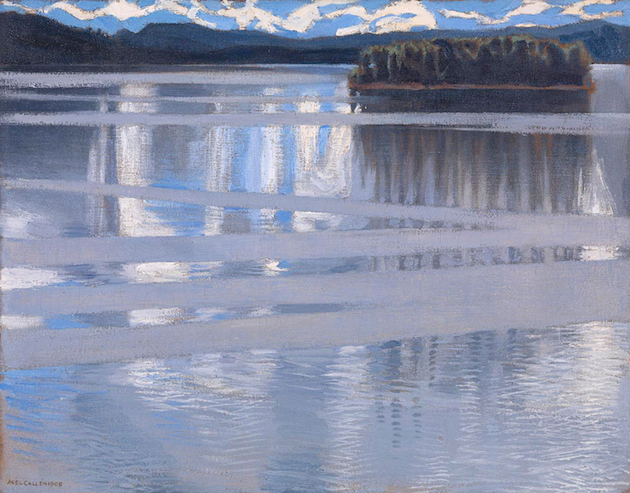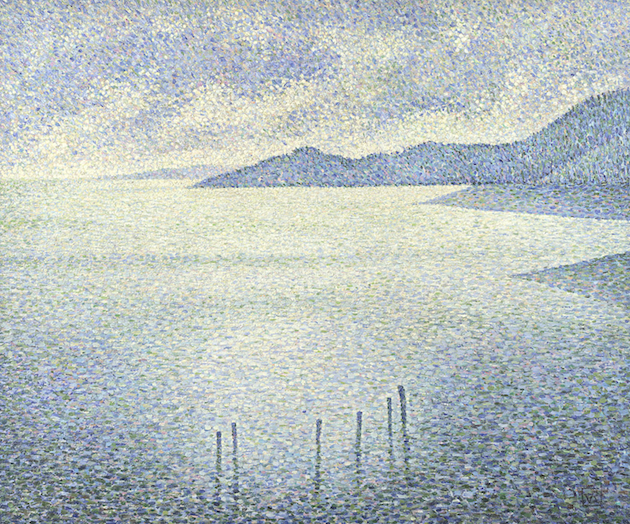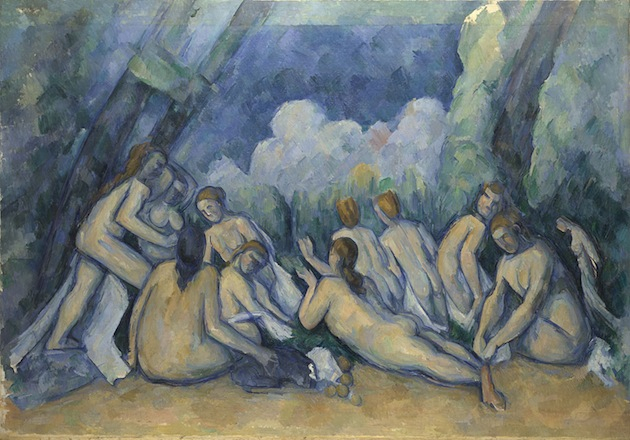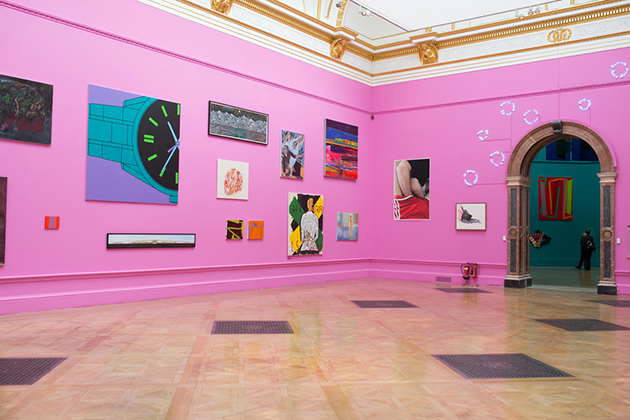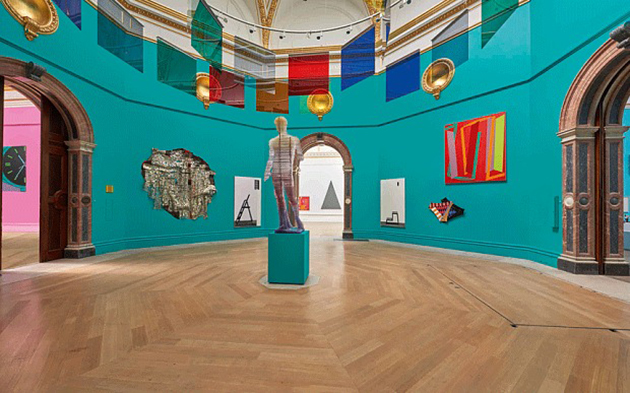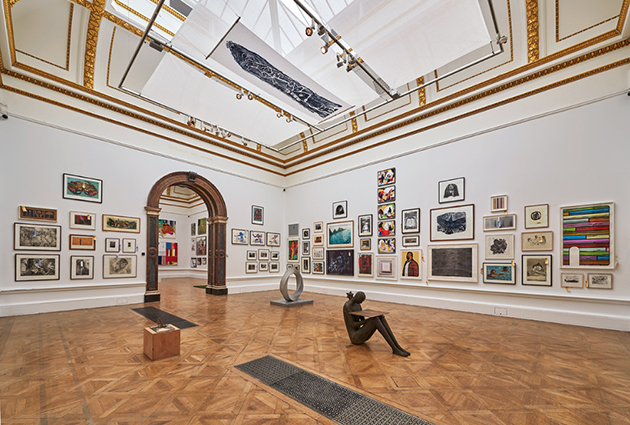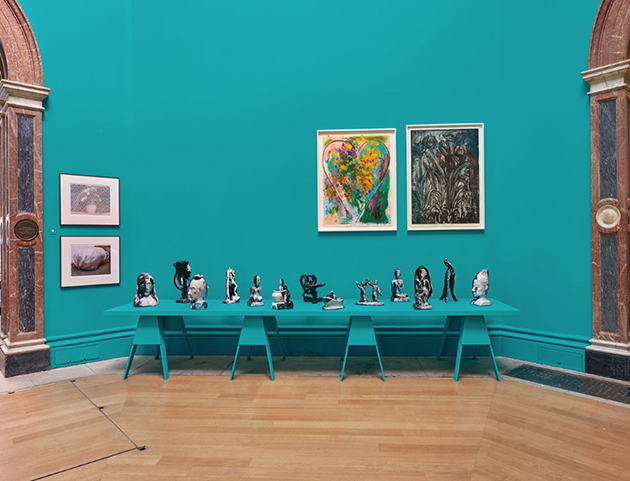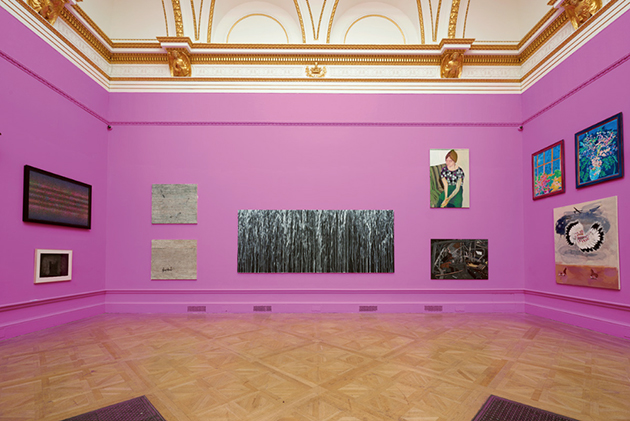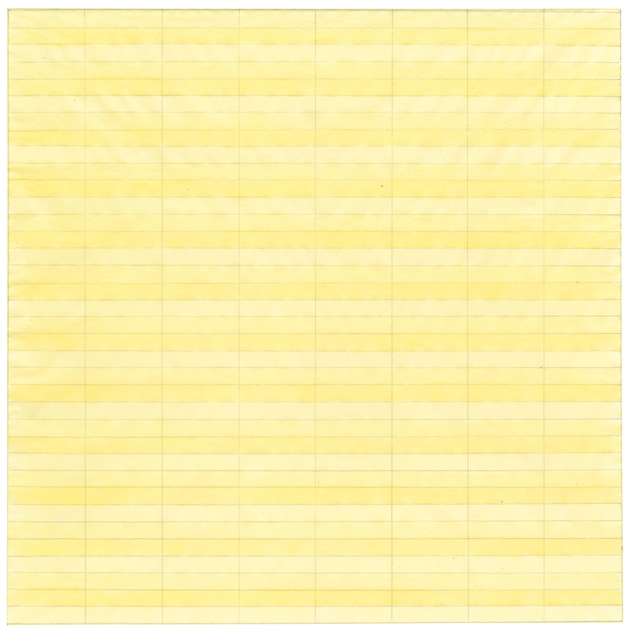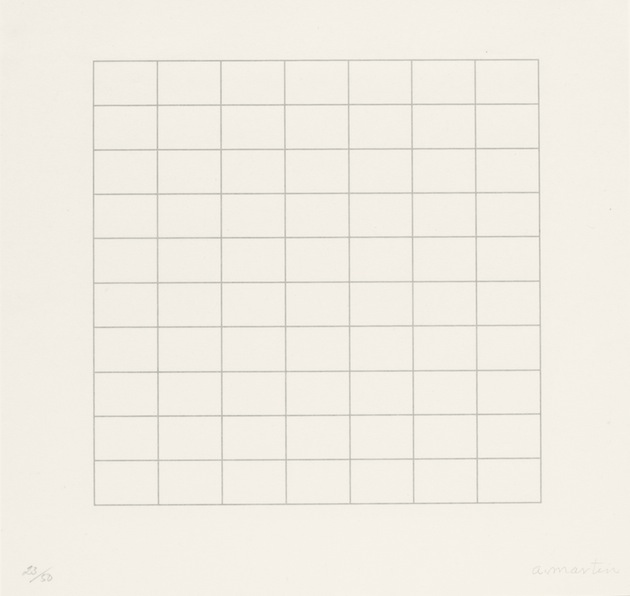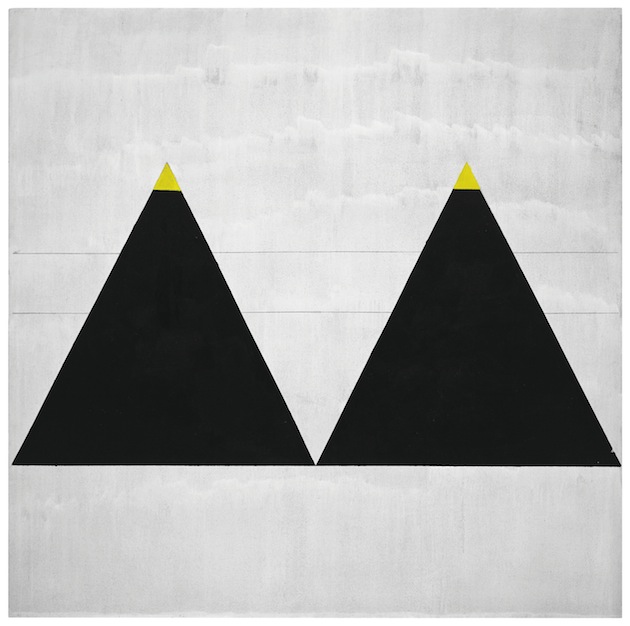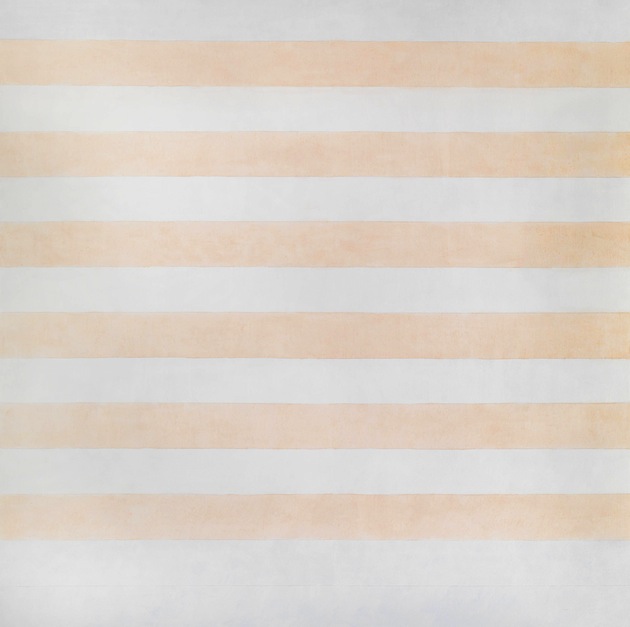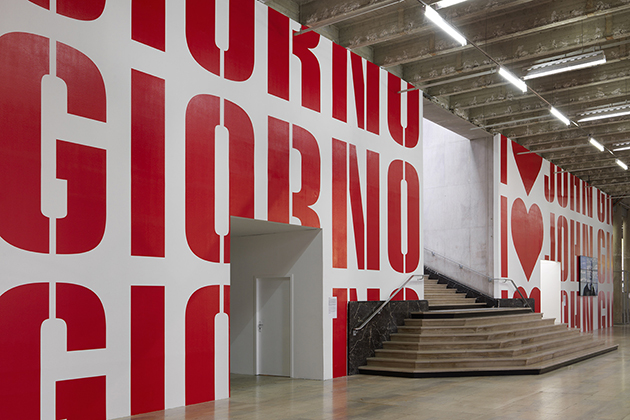
“In the early 1960s, I had the good fortune of meeting a lot of artists. Andy Warhol, Jasper Johns, Robert Rauschenberg, John Cage, Trisha Brown and Carolee Schneeman. These artists and painters were the real influence on me, as a poet. Whether it was a performance or a painting, they did what arose in their minds, and made it happen. It occurred to me that poetry was seventy five years behind painting and sculpture and dance and music. I said to myself, if these artists can do it, why can’t I do it for poetry?” This is one of the opening lines that characterizes the new exhibition at Palais de Tokyo in Paris, dedicated to the life and work of American poet John Giorno, conceived by his partner, Swiss artist Ugo Rondinone as a work in its own right.
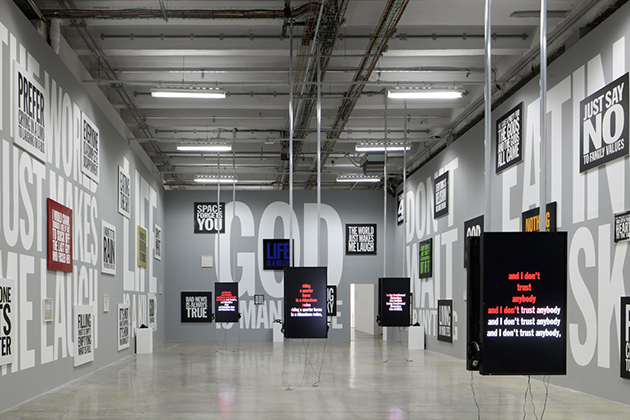
“UGO RONDINONE : I ♥ JOHN GIORNO” is structured in eight chapters, each representing “a layer of Giorno’s multifaceted work”. Taken as a whole, they reflect how he works and help us to understand the dual influences that American culture and Buddhism had on his life and art. Giorno, in fact, is an iconic character in Andy Warhol’s early films who found inspiration in the appropriation of found images by Pop artists and captured the real-life colloquial language of advertisements, television, newspapers and street slang. A leading figure in the lineage of the Beat Generation, he revived the genre of ‘found poetry’ and worked to make poetry accessible to all.
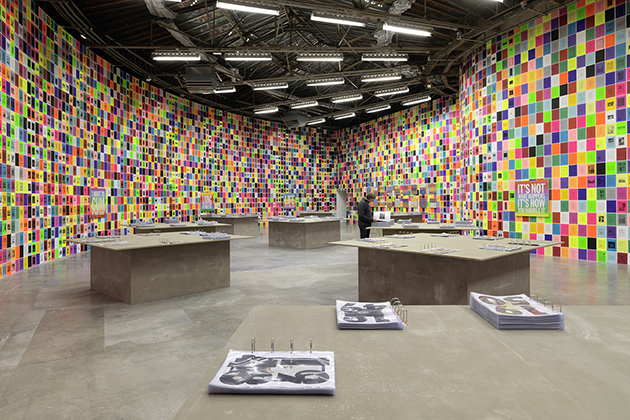
Whether they are recorded on an album, painted on a canvas, delivered on stage or deconstructed in the pages of a book, Giorno considers poems as images that can be endlessly reproduced using different technologies. ‘In the age of sampling, cut and paste, digital manipulation of text, appropriation as art form – which finds its peak in hip-hop and the textual orgy of the World Wide Web – the world is finally catching up with techniques and styles that Giorno pioneered several decades ago.’ Combining poetry, visual arts, music and performance, the exhibition reveals the significant influence of Giorno’s life and work on several generations of artists who have portrayed him, from Andy Warhol’s cinematic masterpiece Sleep (1963) and its remake by Pierre Huyghe, to R.E.M, Rirkrit Tiravanija, Elizabeth Peyton, Françoise Janicot, Verne Dawson, Billy Sullivan and Judith Eisler.
